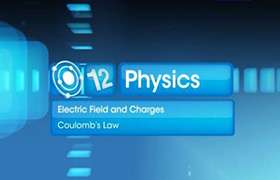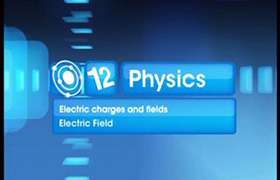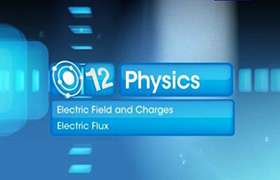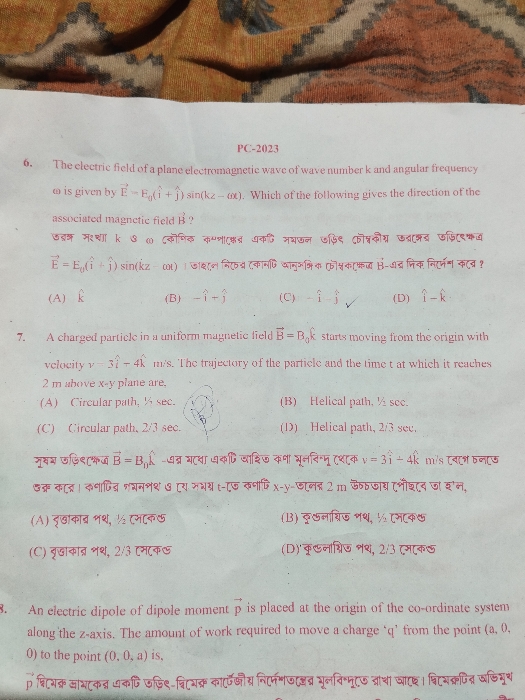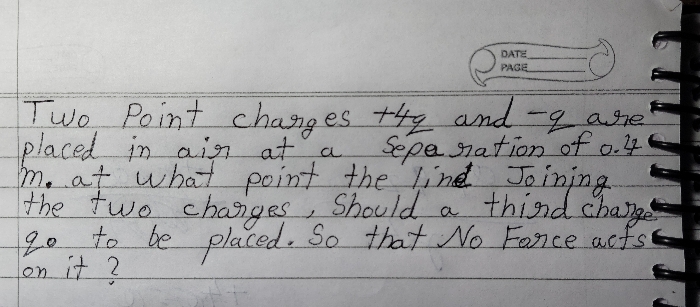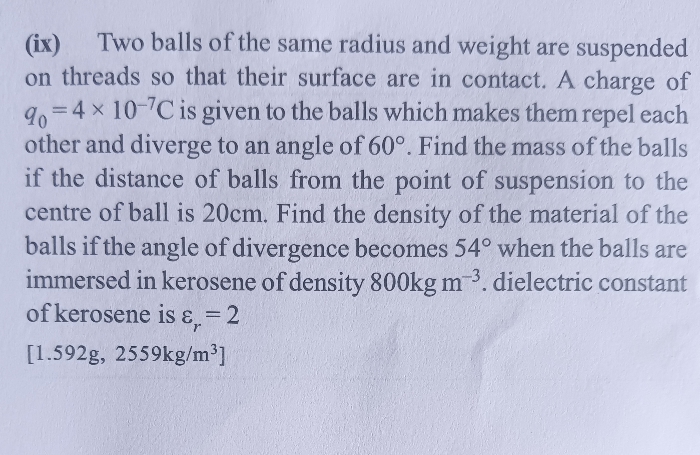CBSE Class 12-science Answered
Dear Student,

Figure is for indicative purpose only.
In the given case:
Collision is perfectly elastic.
Angle of incidence (A) = Angle of reflection.
EC is line of impact.
At C velocity = v = √2gh (1/2 mv2 = mgh)
Velocity just before collision is equal and opposite to the velocity just after collision along line of impact.
It is same along normal to the line of impact.
Hence velocity after collision along CE = v cos A
Velocity after collision along CD = v sin A
Let 2*t = time taken from C to D.
v cos A - g cos A * t = 0 (along CE)
hence t = v/g
CD = v sin A * ( 2v/g) + 1/2* g sin A * 4 v2 / g2
= 4 h sin A + 4 h sin A
= 8 h sin A
We hope that clarifies your query.
Regards
Team
Topperlearning
Dear Student,

Figure is for indicative purpose only.
In the given case:
Collision is perfectly elastic.
Angle of incidence (A) = Angle of reflection.
EC is line of impact.
At C velocity = v = sqrt 2gh (1/2 mv sq = mgh)
Velocity just before collision is equal and opposite to the velocity just after collision along line of impact.
It is same along normal to the line of impact.
Hence velocity after collision along CE = v cos A
Velocity after collision along CD = v sin A
Let 2*t = time taken from C to D.
v cos A – g cos A * t = 0 (along CE)
hence t = v/g
CD = v sin A * ( 2v/g) + ½ g sin A * 4 v sq / g sq
= 4 h sin A + 4 h sin A
= 8 h sin A
We hope that clarifies your query.
Regards
Team
Topperlearning



